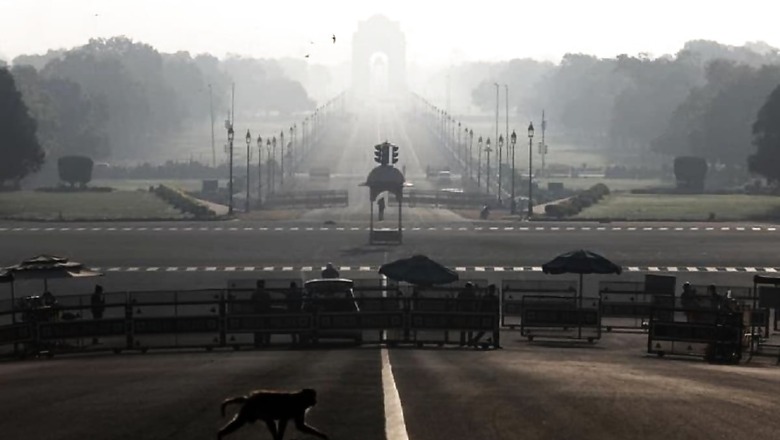
views
Delhi’s air quality remained very poor on Saturday morning and emission from firecrackers and calm winds may push it to the severe zone, according to government agencies and weather experts. The Ministry of Earth Sciences’ air quality monitor, SAFAR, said the PM2.5 concentration in Delhi on Diwali is likely to be the lowest in the last four years if no firecrackers are burnt.
Pollution levels in Delhi during the Diwali period are likely to remain in the higher end of the very poor category in the absence of emissions due to fireworks, it said. But two factors smoke from farm fires and stagnant surface winds will keep the air quality in the higher end of the very poor category to the lower end of the severe on Diwali night, it said. Transport-level winds have become northwesterly and the stubble burning-induced impact on air quality index (AQI) is expected to increase, the central government agency said.
While National Green Tribunal (NGT) and Delhi Government have imposed a blanket ban on the selling and bursting of firecrackers in Delhi until November 30, the onus still relies on strict enforcement.
Akshardham Temple in the Northeast Delhi could barely be seen from the flyover due to thick smog. The meteorological conditions still remain unfavorable because of low wind speed and falling temperature. The amalgamation of adverse weather conditions, smoke from stubble burning and pollution from local sources converts Delhi into a virtual gas chamber every year.
People at all times are required to wear N-95 and N-99 masks since they keep the micro pollutants off which catalyse the deterioration of respiratory ailments, infecting the lining of lungs. Among the harmful pollutants are Sulphur Dioxide, Nitrogen Dioxide, Ozone, PM 2.5 and PM 10 which are instrumental in exposing people to a number of health hazards.
Here is a graphical representation of the story behind the celebration of Diwali:
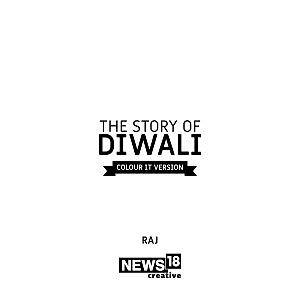
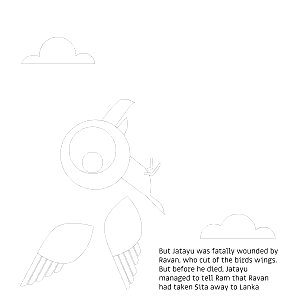
(News18 Graphics)

(News18 Graphics)

(News18 Graphics)
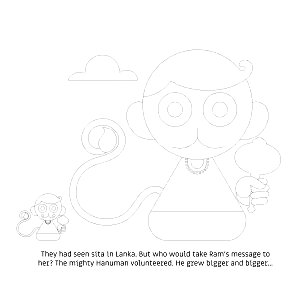
(News18 Graphics)

(News18 Graphics)
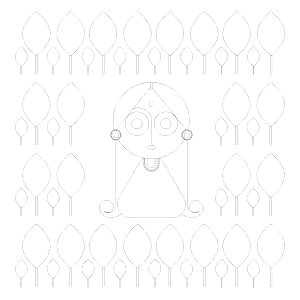
(News18 Graphics)
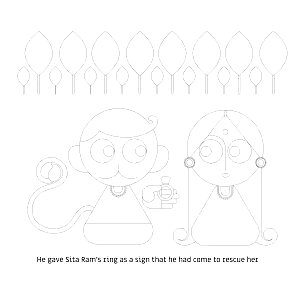
(News18 Graphics)
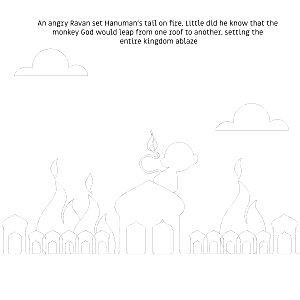
(News18 Graphics)
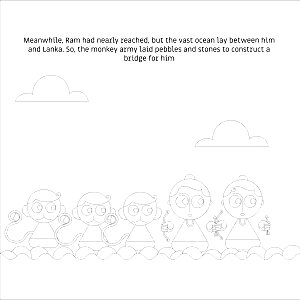
(News18 Graphics)
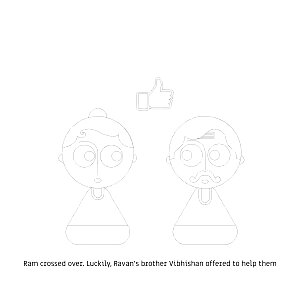
(News18 Graphics)

(News18 Graphics)
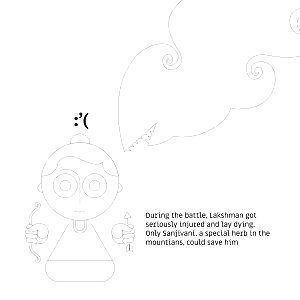
(News18 Graphics)
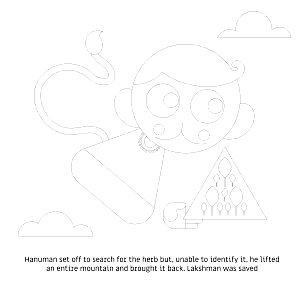
(News18 Graphics)
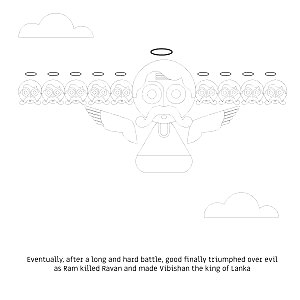
(News18 Graphics)

(News18 Graphics)
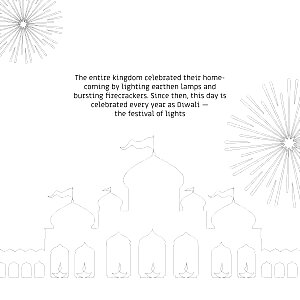
(News18 Graphics)
A spike in PM2.5 levels in the early hours Sunday is likely if fire crackers are burnt, it said. The city recorded an AQI of 369 at 9 am on Saturday. The 24-hour average AQI was 339 on Friday and 314 on Thursday.
The neighbouring cities of Faridabad (323), Ghaziabad (412), Noida (362), Greater Noida (350), and Gurgaon (338), which fall in the National Capital Region (NCR), also recorded their AQI is the “very poor” and severe categories. Delhi recorded a 24-hour average AQI of 337 on Diwali last year (October 27), and 368 and 400 the next day. Thereafter, pollution levels remained in the severe category for three days on the trot.
Read all the Latest News, Breaking News and Coronavirus News here




















Comments
0 comment